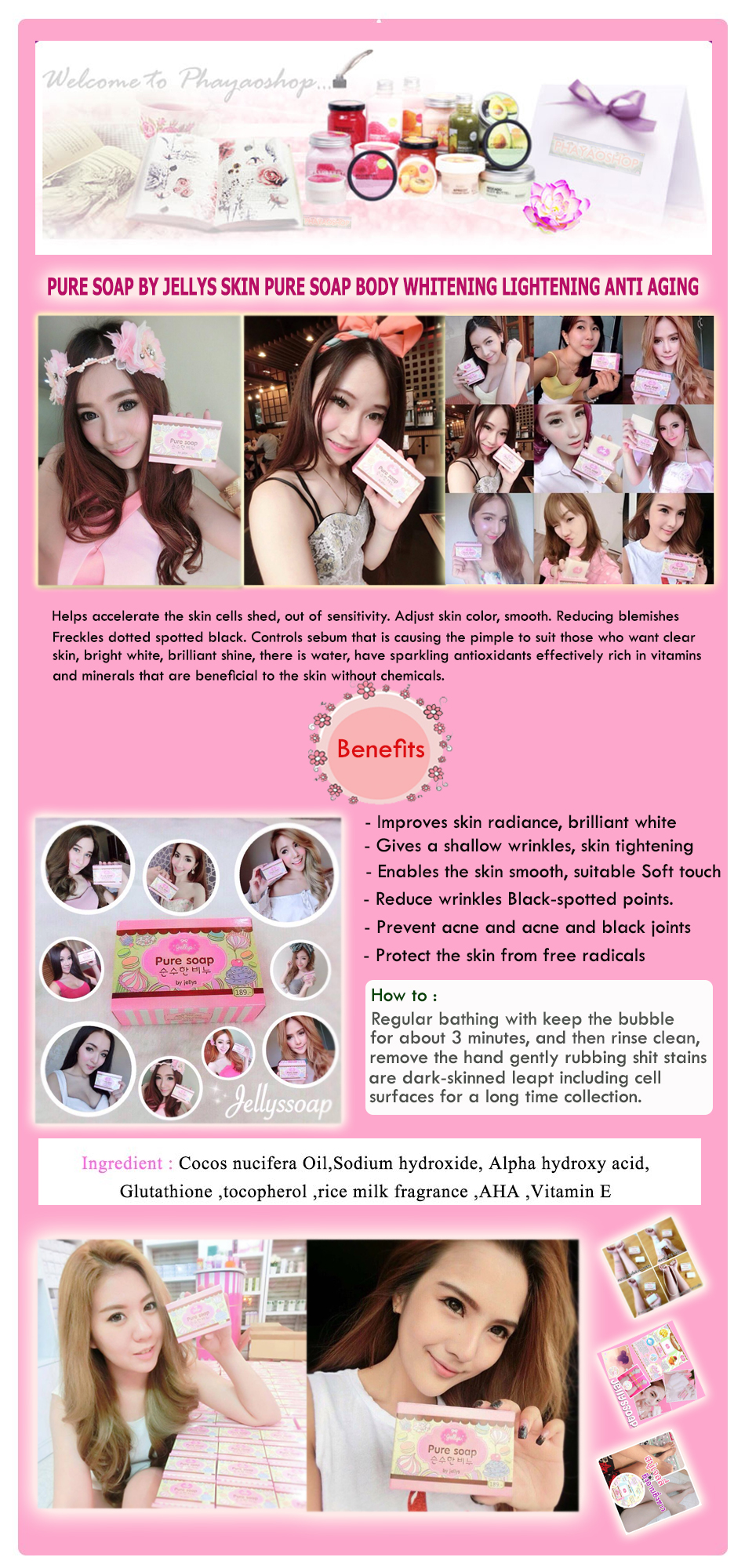DIY: Homemade Natural Soap
Looking Alia the web, I suddenly came across this recipe for making soap published by the United Nations Development Programme (UNDP) and the Hesperian Foundation. The recipe is very long and the process is more or less complicated, but I guess it is worth a try. You can get a lot of natural soap spend a minimum of money and, if you're clever, you can have the flavors, textures and forms that are wanted.
Basic Ingredients
To make 4 kilos of soap are needed:
• Oil or fat - 3 liters (13 cups) of oil or 2.75 kilos (6 pounds) of fat. Different oils and fats will give different results. The best way to know what fat or oil used is experiment with what is at hand.
• Bleach - 370 grams (13 ounces). Lye is also called caustic soda or sodium hydroxide.
• Water - 1.2 liters (5 cups). Should be "soft" water, as rain water or spring water. To "soften" hard water (well water or river), add ¼ teaspoon of bleach per liter of water. Stir and let stand for a few days. The solids settle to the bottom. Spread the softened water for use.
Using dirty or rancid fat
Fresh oil and fat are expensive. You can use dirty oil or rancid fat to make soap, but must be cleaned first. To clean, melt oil or fat in an equal amount of water. Heat this mixture to a boil. Cool and remove the oil or grease that floats above water. If you still smells bad, repeat the process with fresh water. If oil or grease is dirty, melt it and pour through a fine cloth until clean.Perfume
The perfume or essential oils give the soap a pleasant smell. 4 kilos of soap, use 1 of these ingredients: 4 teaspoons of sassafras oil, 2 teaspoons lemon balm or lavender oil, or 1 teaspoon of clove oil or lemon. For the soap promotes healthy skin, add 1 or 2 teaspoons of coconut oil, jojoba, almond and rosehip.Equipment
• 2 pots, buckets or large containers made of stainless steel, fired ceramic or wrought iron. Do not use aluminum containers because the bleach will damage.• A clean and of a size that can contain all the fat container.
• Wooden spoons or sticks for stirring the mixture.
• Measuring cups.
• A scale that is accurate (lye is measured by weight).
• Molds: Molds are the best wooden boxes closed down and sideways, and open at the top, you can undo gently with your hands. The molds can also be made of zucchini or dried coconut shells.
• Use cloth or wax paper for lining the molds. So it will be easy to get the soap.
WARNING: Lye can burn skin and eyes. To avoid hazards, bleach must be combined with fat and set for several weeks. While making soap, wear safety glasses, long gloves, clothes that cover your arms and legs, and closed shoes. If burned by lye, wash the skin with cold water and then immediately put lemon juice or vinegar to cool and disinfect the burn.
Recipe
1. Add lye to water - never the reverse. The mixture is heated. Let it cool to body temperature. Do not put your fingers in the mix because they will burn. To test the temperature, feel the outside of the container.
2. If no solid fat, melt it before use.
3. Pour the lye water slowly to the fat or oil mixture, stirring constantly in one direction. Then add perfume or essential oil. Continue stirring the mixture for at least half an hour after adding all the water with bleach. The mixture should be thick. When the spoon causes lines on the surface of the thick solution, it means it is ready to be poured into molds.
4. Pour the mixture into the lined mold and let stand for 2 days without moving. If it does not harden at this time, or if you have fat over, let stand longer.
5. When the soap is hard, remove it from the molds and cut into bars with a knife or wire.
6. Stack the bars on trays and let them sit for 4-6 weeks. Do not use soap too soon - still burning!
7. When the soap is ready, you can scrape it off the bar in thin curls. Touch the soap to the tip of the tongue for verifying its quality. If it's a little spicy, okay. Cover the soap so that it retains moisture.
Problems?
If soap is very hot and burn, you have too much bleach. If not itch, you have little bleach. If soap that did not go well, it may be because:
• The fat or oil was rancid or dirty and not cleaned well.
• The lye water was too hot or too cold when it was added to the fat or oil.
• The mixture is stirred very quickly, stir or missing longer. If soap is not good, try again:
• Cut the soap into pieces. Put it in a pot with 12 cups water (2.8 liters). Wear gloves to touch the soap
• slowly heat it until it boils. Simmer for 10 minutes, stirring at times.
• If the soap had too little lye (no bite at all), add a little bleach. If the soap had too much lye (sharp bite), add more fat that has already boiled, strained and cooled. Stir until it thickens and spoon the mixture causes lines.
• Pour into molds and let stand for 48 hours. Cut into bars, stack the bars on trays and let sit for 4 to 6 weeks
 |
| Pure Soap By Jellys |




ไม่มีความคิดเห็น:
แสดงความคิดเห็น